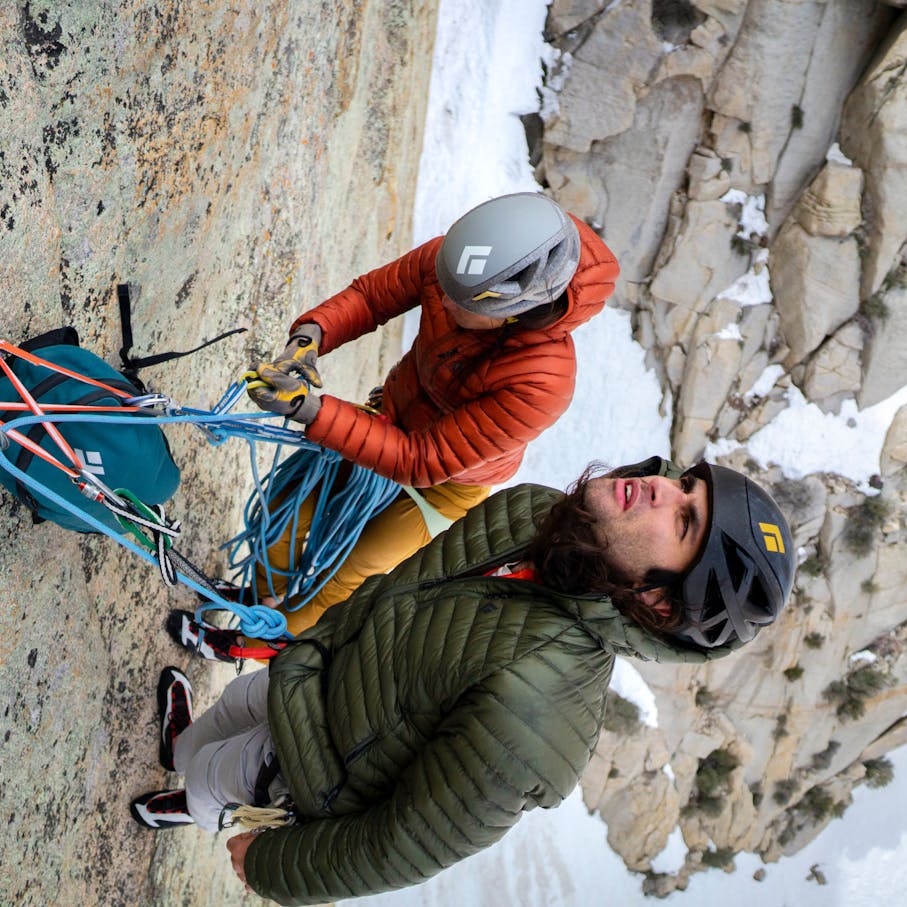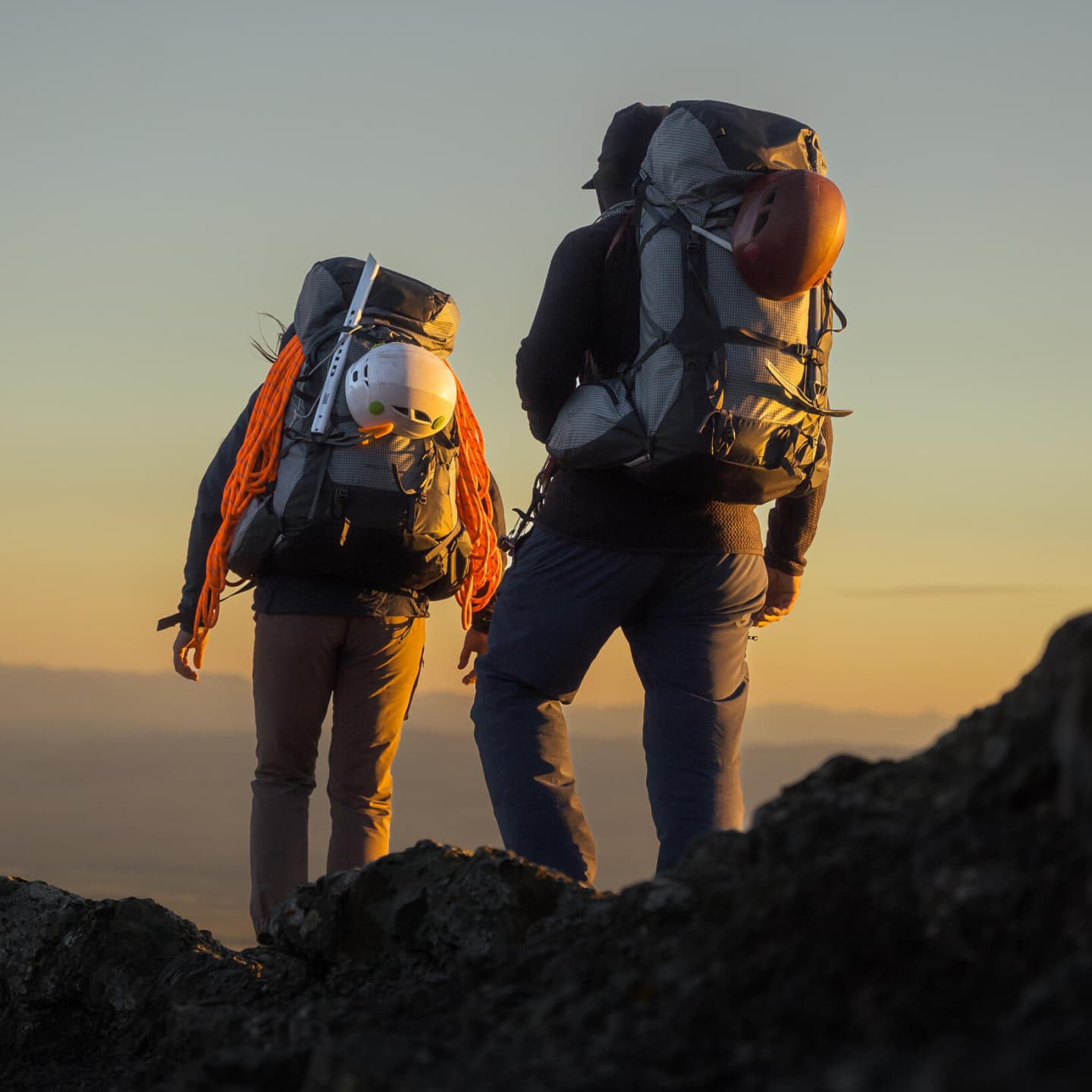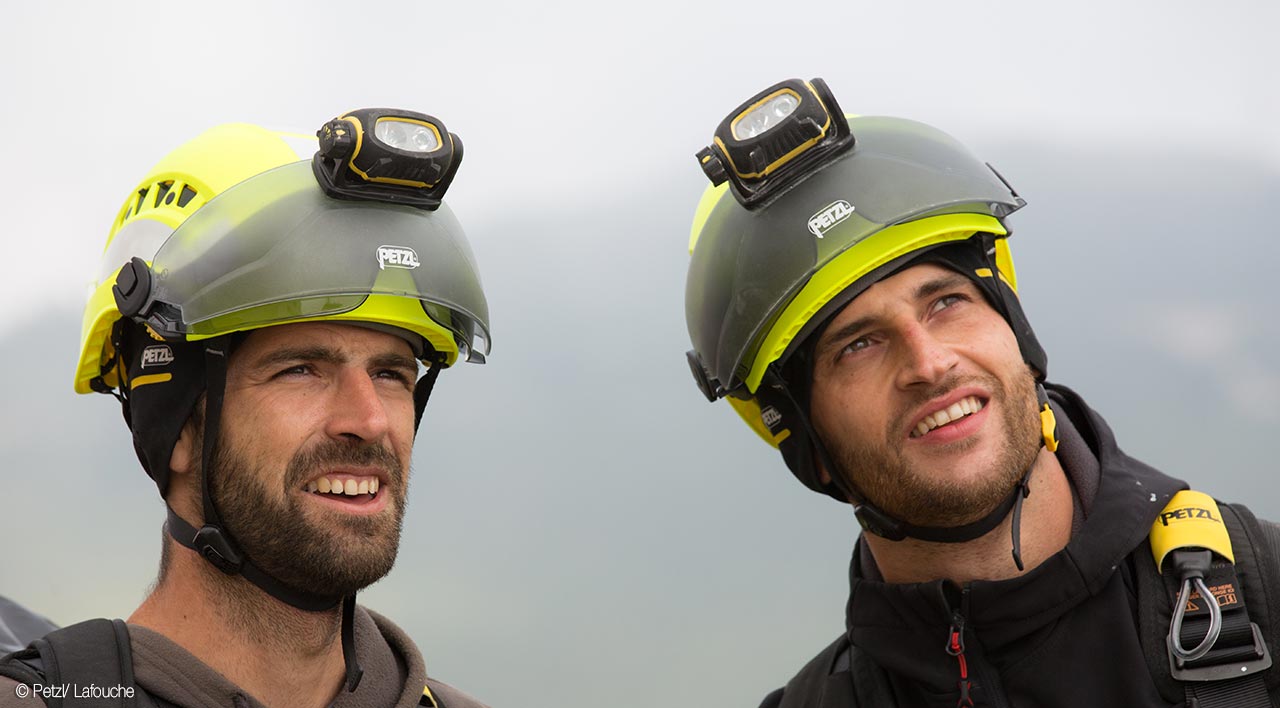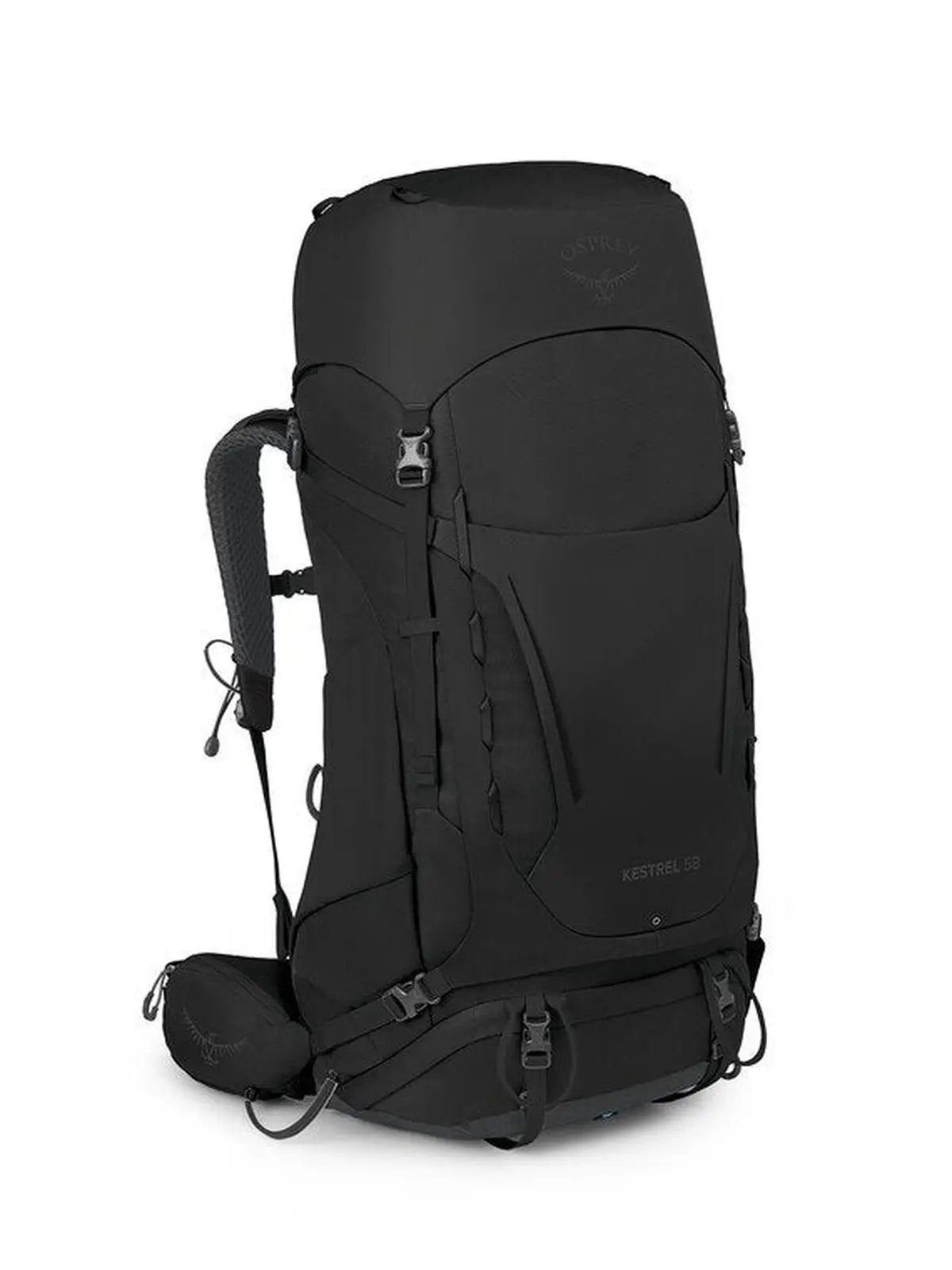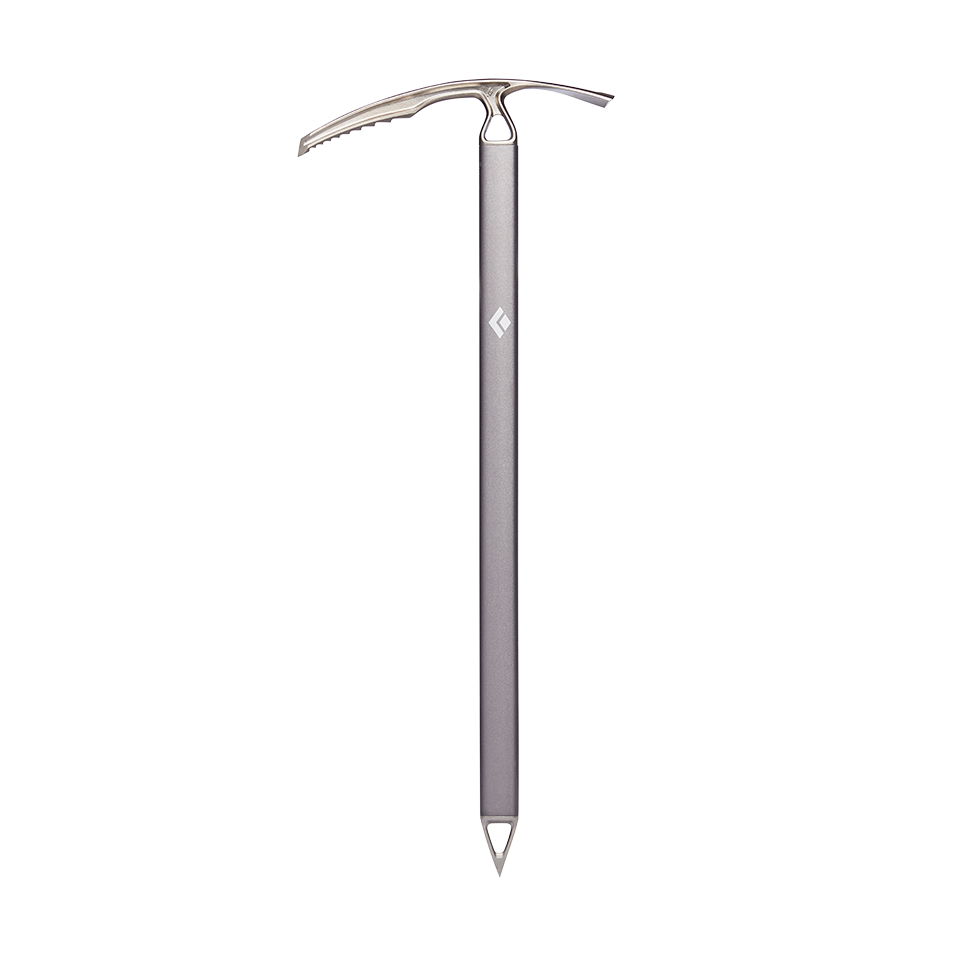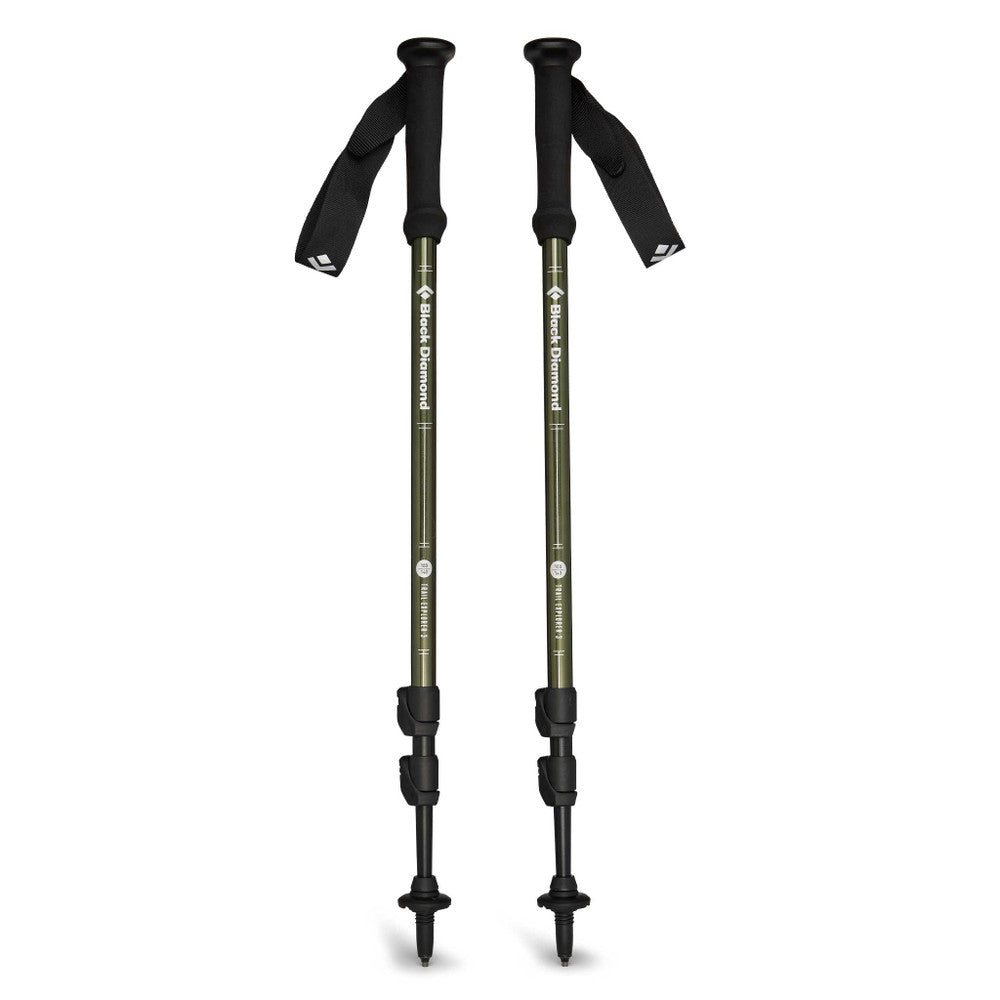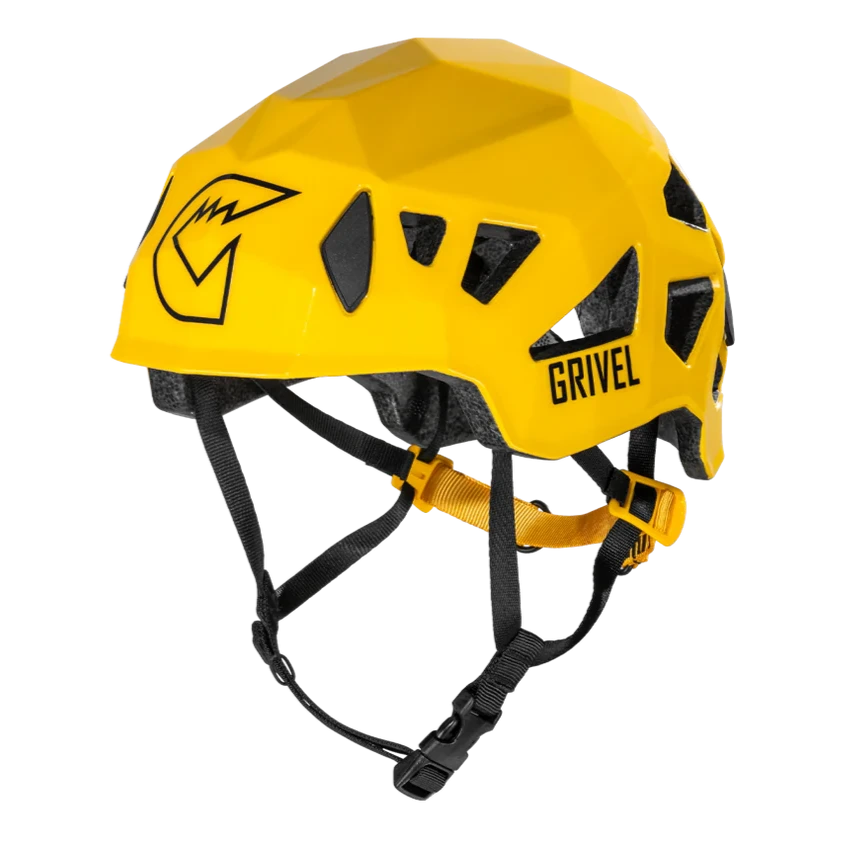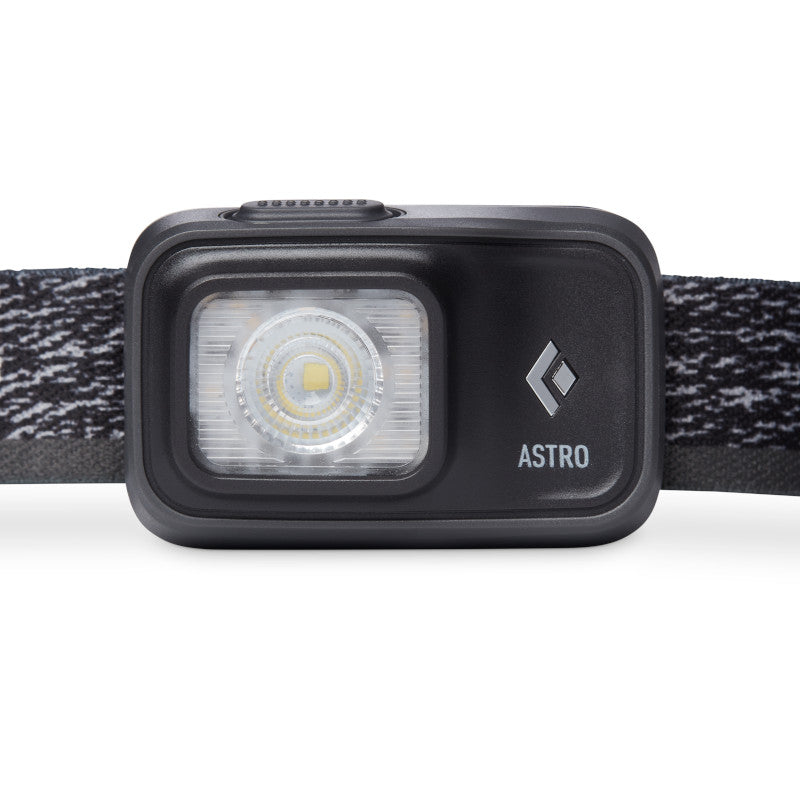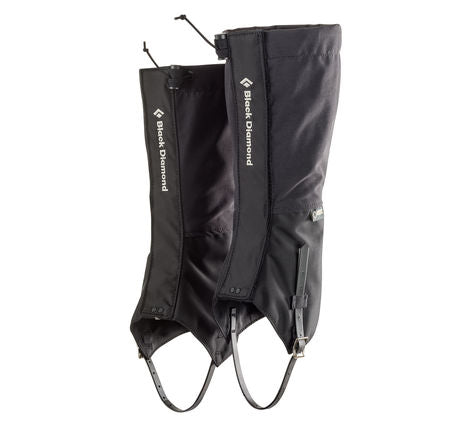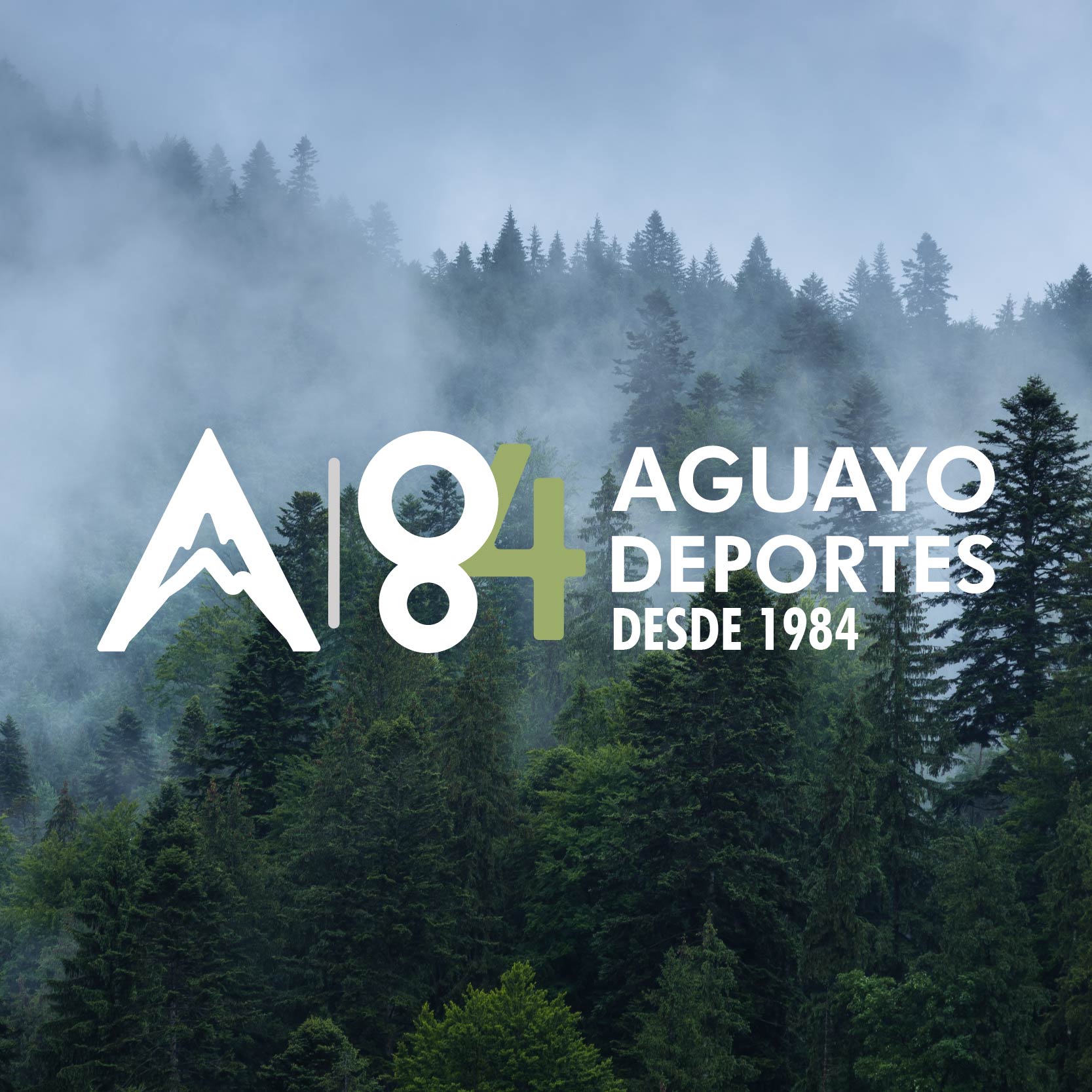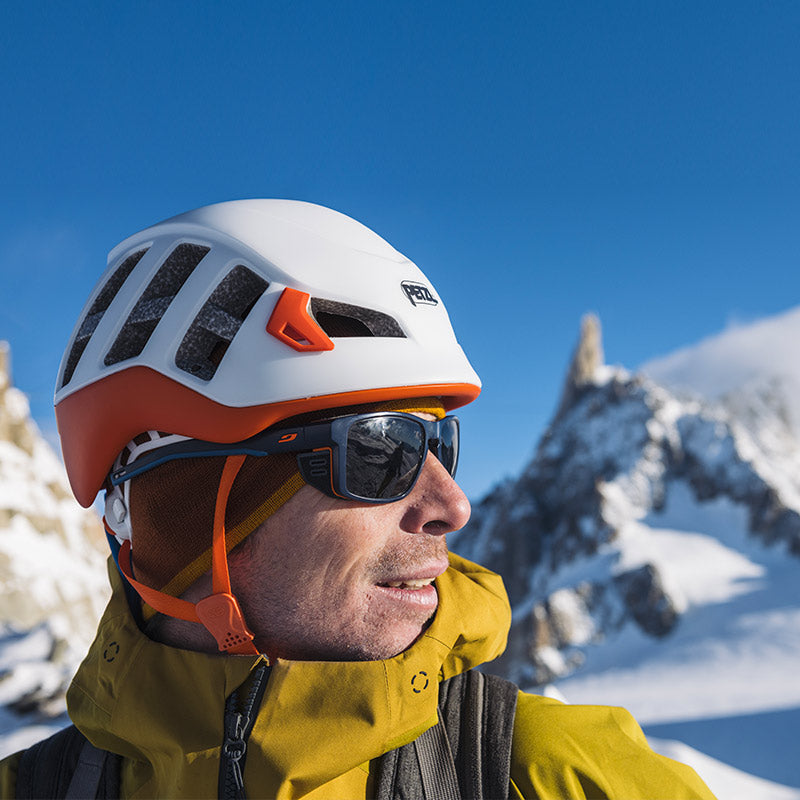
WEAR A HELMET: YES... BUT WHY?
It is always important to ask yourself what the material you are using is for. In the case of a helmet, the answers are often varied…
A bit of history
Historically, climbing and mountaineering helmets were made to protect against falling rocks . On routes with poorly marked lines, the rock was much more fragile. These routes were then exposed to the risk of falling rocks and climbers quickly sought to protect their heads . Initially, they were simple caps, then they evolved into round shells. The first helmets were worn primarily to protect the top of the head.
And today, what are the reasons that encourage us to wear a helmet?
To this question, many still answer: “To protect the head from falling rocks .” And some add: “To protect the head from hitting the rock during a fall.”
Sport climbing has had a lot to do with this evolution. With the advances in practice and the increase in the performance level of climbers , falling while climbing has become trivialised, as has the risk of hitting one's head on the rock in the event of a bad fall (for example, during a flip linked to a rope passed behind the leg or a flip in falls while climbing cracks, etc.). At the same time, climbers and mountaineers are evolving towards highly frequented routes, with better quality, cleaner rock and therefore less exposed to falling rocks. Protecting the head against impacts on the rock therefore takes on all its significance.
We can extend this reflection to other activities on vertical terrain . Some examples of head impacts come to mind: when canyoning, slipping backwards with the head hitting the ground; in caving, the head hits a narrow passage; in ski mountaineering, slipping on the skis with the head hitting a tree or rock… In all these situations, good head protection is required against frontal, lateral and rear impacts. Wearing a helmet therefore does not only mean protecting the head from falling stones, but also protecting it from impacts against rocks or the ground.
Going beyond the requirements of the standard with Petzl helmets
Always attentive to the evolution of activities, Petzl has wanted to guarantee its helmets a superior level of frontal, lateral and rear protection to offer greater protection against impacts to the head. This is the TOP AND SIDE PROTECTION seal.
When a helmet is certified with the TOP AND SIDE PROTECTION label, it means that it meets both the requirements of the EN 12492 standard and the new testing protocol implemented by Petzl. The test requirements and characteristics of the EN 12492 standard guarantee primarily top-level protection, focused on protection against falling stones. The Petzl protocol extends the tests to the entire contour of the head.
With the TOP AND SIDE PROTECTION label, Petzl helmets offer protection against impacts on the top as well as from the front, sides and back.
So why do you wear a helmet? Knowing how to answer this question means being able to choose whether or not to wear the right helmet for the activity and the environment!
Source: petzl.com
